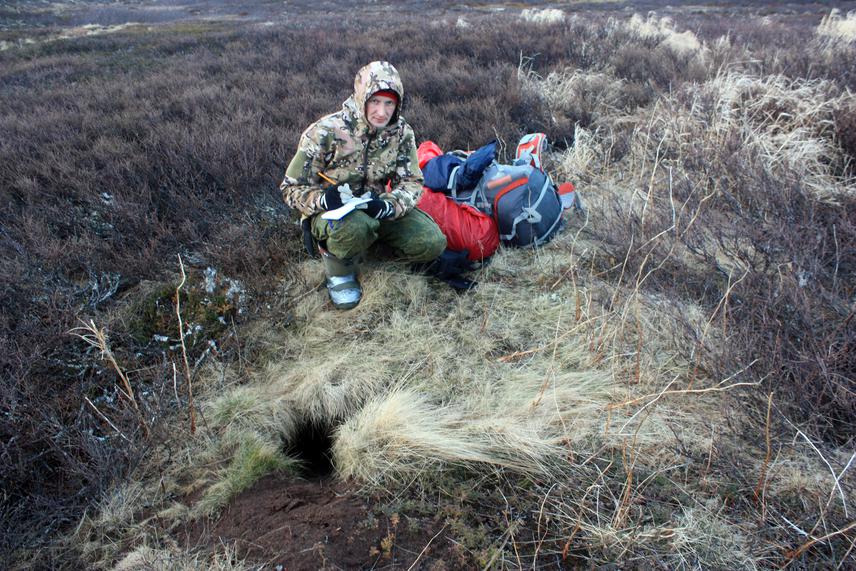Konstantin Tirronen
Arctic Fox (Vulpes syn. Alopex lagopus L.) is a circumpolar species that includes several subspecies with a total number of several hundred thousand animals. Some populations have already become model objects of the comprehensive research (Islands: Wrangel, Spitsbergen, Mednii, Bering, etc.), some other bad studied, to the latter belonged the arctic fox of the Kola Peninsula. At the moment, the status of the arctic fox in the Kola Peninsula is not clear. However, nowadays, according to preliminary data there is need to introduce this population into the list of the regional Red Data Book. Collection of primary data is the main task of the project, implementation of which, required for entering species in the list of protected animals. Drawing of public attention to the arctic fox problems will allow to maintain constant control for the situation and to expand the range of options for monitoring and conservation of the species.

The arctic fox Vulpes syn. Alopex lagopus L. was a typical species for tundra and forest-tundra of the Kola Peninsula. The arctic fox is a natural element of tundra ecosystems of peninsula for several thousand years, it has adapted to life in Arctic alongside other species. It is an important part of the regional biodiversity. Nowadays the IUCN Red List Category for arctic fox – Least Concern (LC). In Finland Red List status of the species – 1 (Endangered). In 2009, IUCN classified the arctic fox as one of 10 flagship species for climate change as a future population decline is expected due to shrinking arctic habitats, red fox expansion and fading rodent cycles.
Relevance of the project is determined by two facts:
- critically low population number of neighboring Scandinavian mainland arctic fox;
- almost absent information about the status of arctic fox population in Kola Peninsula since the middle of the last century.
According with IUCN the most recent estimate is 120 adults in Norway, Sweden and Finland (http://www.iucnredlist.org/details/899/1). Thus, today it has become a real threat of arctic fox extinction in the European tundra. The absence of modern data by the European part of Russia doesn’t let us to compile historical record about one of the previously common animal for Palearctic fauna. Observed global trends, such as climate change, decline of regularity rodent cycles, fox invasion, are the common threats also on the Kola Peninsula. We checked the data of winter counts of game animals in the region for several years and did not found any encounters of arctic foxes.
The modern active development of the Arctic region and the high vulnerability of tundra ecosystems where the arctic fox is indispensable component highlight the importance of the comprehensive research. That could make the serious impact on the preserving the unique nature of the European North.